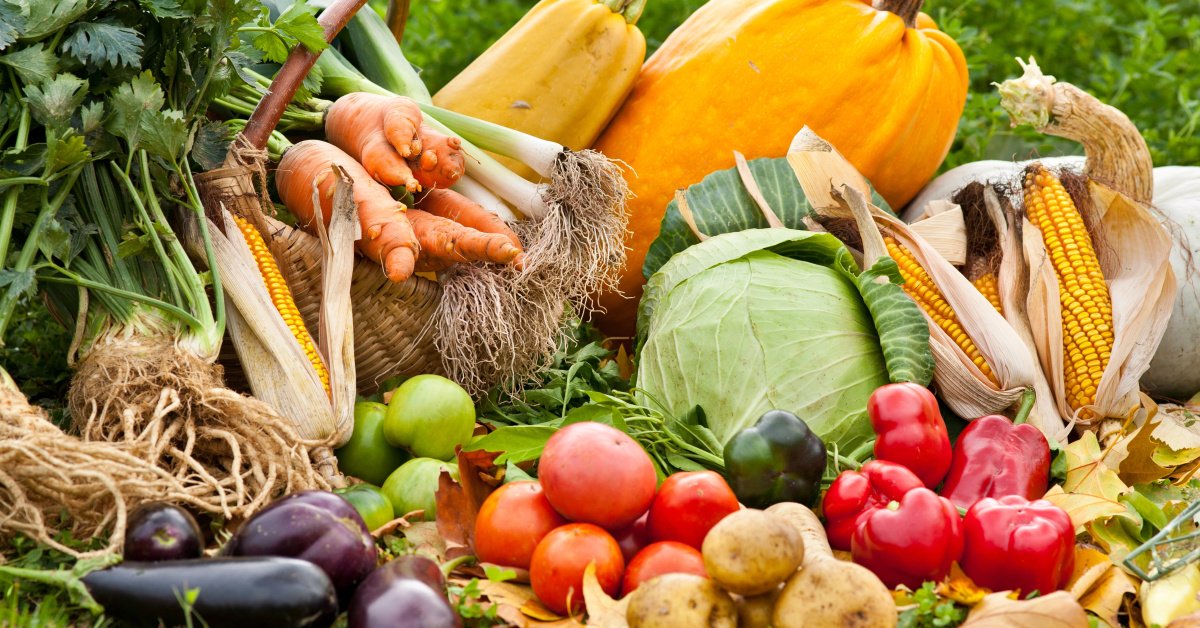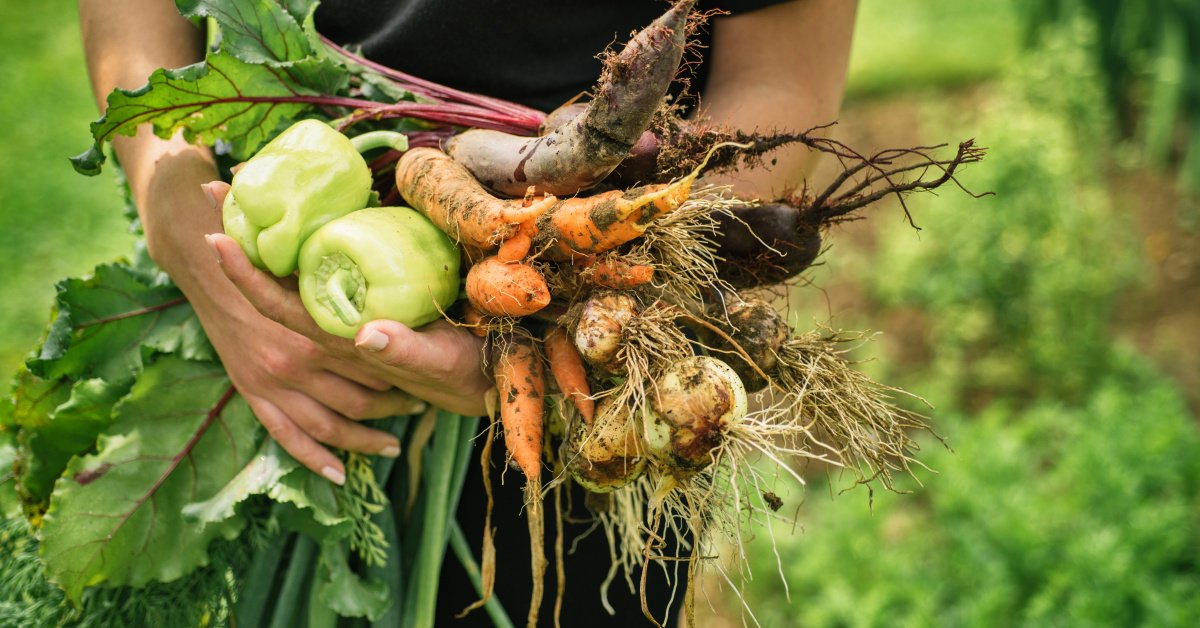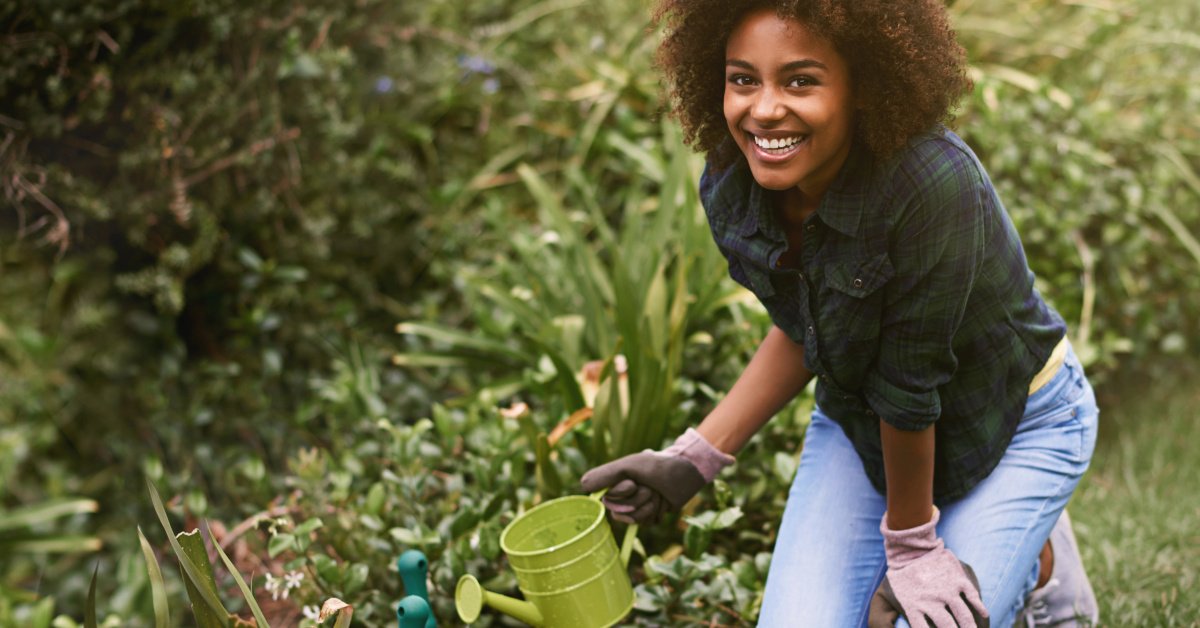I’ve always loved watching birds flutter around my garden. Creating a space where they feel welcome not only brings life and color to my yard but also helps support local wildlife. If you’re like me and want to invite more feathered friends to your outdoor space, making your garden bird-friendly is easier than you might think.
With a few thoughtful choices, you can turn your garden into a safe haven full of food, water, and shelter for birds. I’ll share simple tips that helped me create a vibrant bird-friendly garden that’s both beautiful and beneficial to our winged visitors.
Benefits of Creating a Bird-Friendly Garden
Attracting birds to my backyard garden boosts its vitality and diversity. Birds control pests by eating insects like aphids, caterpillars, and beetles, which saves plants from damage without chemical sprays. They also help pollinate flowers and disperse seeds from plants, supporting a thriving ecosystem in my garden.
Adding native plants, bird feeders, and fresh water sources attracts a wide range of species such as finches, sparrows, and hummingbirds. These visitors create natural beauty through their colors and songs, making the garden a more enjoyable place to spend time. Watching birds forage and nest enhances relaxation and connection to nature.
Maintaining a bird-friendly garden contributes to environmental health. Birds act as indicators of biodiversity, so their presence signals a balanced habitat. Supporting bird populations helps preserve local wildlife for future seasons. For gardeners like me who grow vegetables and herbs, birds reduce crop damage by controlling harmful insects, resulting in healthier, more plentiful harvests.
Essential Elements of a Bird-Friendly Garden
Creating a bird-friendly garden requires attention to key elements that attract and support birds throughout the year. I focus on providing native plants, reliable water sources, and safe shelter to build a thriving backyard ecosystem.
Choosing Native Plants
I always select native plants because they offer the right food and habitat for local bird species. Native trees, shrubs, and wildflowers such as oak, dogwood, and coneflower provide berries, seeds, and nectar that match birds’ natural diets. Including layering with ground cover, mid-sized bushes, and tall trees supplies consistent shelter and foraging spots. Avoiding invasive species keeps the balance of the garden and gives native birds the best chance to thrive.
Providing Water Sources
I install multiple water sources to meet birds’ drinking and bathing needs. A shallow birdbath positioned near plants gives easy access while keeping birds visible. Drippers or small fountains add movement to water that attracts more birds by mimicking natural streams. Cleaning water features weekly prevents disease. In winter, I swap water heaters in baths to ensure steady hydration in cold months.
Creating Shelter and Nesting Areas
I create dense thickets and brush piles for cover, where birds feel safe from predators. Nesting boxes tailored to species like bluebirds or chickadees increase breeding success. Placing boxes away from heavy foot traffic helps maintain calm conditions. Retaining dead trees or snags when safe underpins shelter diversity. Keeping cats indoors protects nests and encourages more bird visits over time.
Avoiding Common Garden Hazards
Creating a safe haven for birds means tackling hazards they face in my garden. Protecting birds boosts the garden’s health and ensures the ecosystem stays balanced.
Minimizing Pesticide Use
I cut pesticide use drastically to keep birds safe. Chemicals can poison birds directly or eliminate the insects they eat. I rely on natural pest control methods like companion planting, introducing beneficial insects such as ladybugs, and hand-picking harmful pests. Using organic options only when necessary supports healthy, thriving bird populations.
Preventing Window Collisions
I reduce window collisions by making glass more visible to birds. Clear reflections confuse birds, causing fatal crashes. I apply decals spaced 4 inches apart or use fine netting outside the windows. Angling bird feeders away from glass and keeping curtains drawn during peak bird activity times further decreases risk, protecting birds that visit my backyard.
Tips for Attracting Different Bird Species
Creating a bird-friendly garden means catering to various bird species. Each type prefers specific foods, plants, and habitats. Below, I share targeted strategies to attract songbirds, hummingbirds, and birds of prey to your backyard.
Attracting Songbirds
Songbirds respond well to native shrubs and trees that produce berries, seeds, and insects. I plant dogwood, serviceberry, and elderberry to provide natural food sources. Offering mixed seed feeders, especially with sunflower and millet seeds, draws finches, sparrows, and chickadees. Maintaining dense bushes and brush piles supplies shelter and nesting spots. Avoiding pesticides ensures ample insects for insectivorous songbirds like warblers and thrushes.
Attracting Hummingbirds
Hummingbirds seek nectar-rich flowers and reliable water sources. I plant tubular, brightly colored flowers such as trumpet vine, bee balm, and salvia to attract them. Hanging nectar feeders filled with four parts water to one part sugar supports their high energy needs. Putting feeders in shaded spots keeps nectar fresh longer. Providing shallow water features with moving water encourages hummingbirds to stay and bathe safely.
Attracting Birds of Prey
Birds of prey help control rodent populations and maintain garden balance. Perch sites such as tall trees, dead snags, or installed poles attract hawks and owls. I avoid extensive clearing around feeders to support small birds, prey for raptors, creating a natural hunting ground nearby. Minimizing indiscriminate rodent control promotes a natural food chain. Nest boxes designed for owls or kestrels offer safe breeding spots close to my garden.
These targeted tips not only bring diverse bird species to your garden but also enhance its ecosystem health, supporting my passion for a vibrant backyard and fresh, healthy foods.
Maintaining and Enjoying Your Bird-Friendly Garden
Monitoring the garden regularly keeps the environment healthy and inviting for birds. I check feeders and water sources every few days, cleaning them to prevent mold and disease. Replenishing seeds and fresh water ensures visitors find what they need.
Observing bird activity enhances the gardening experience. I keep a journal to record which species visit and their behaviors. Spotting new birds or nesting activity adds excitement and deepens my connection to the space.
Pruning native plants promotes healthy growth and maintains shelter and food sources. I trim branches only when necessary and avoid pruning during nesting season to protect eggs and chicks.
Managing pests naturally supports both plants and birds. Encouraging beneficial insects and applying organic controls keeps the garden balanced without risking harm to wildlife.
Enjoying fresh fruits, vegetables, and herbs from a bird-friendly garden combines the satisfaction of gardening with nourishing meals. Attracting birds helps reduce crop damage, improving food quality and yield.
Sharing the garden with family and friends spreads appreciation for backyard wildlife. Hosting birdwatching sessions or garden workdays creates lasting memories centered on health and nature.
Conclusion
Creating a bird-friendly garden has been one of the most rewarding projects I’ve ever taken on. It’s amazing how a few thoughtful changes can invite so much life and energy into a space.
Watching birds visit, hearing their songs, and knowing I’m supporting local wildlife makes all the effort worthwhile. If you’re ready to bring a little more nature into your own yard, I encourage you to start small and enjoy the process.
You’ll find that a garden full of birds isn’t just beautiful—it’s a lively, ever-changing world that enriches your everyday life.



